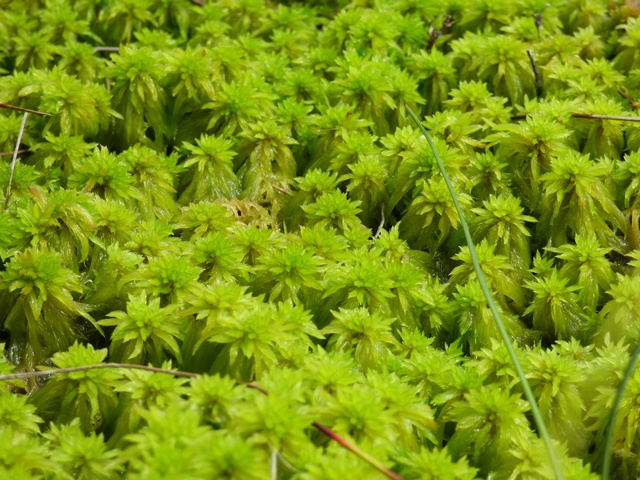

Flanders Moss NNR
I spent a lovely evening last week giving a talk to the Croftamie SWI about the history and natural history of Flanders Moss. There was lots of interesting questions afterwards, plus tea and cake to die for and best of all I met a lady who had actually harvested sphagnum for wound dressing during the 2nd World War. As a school girl her whole class went out to gather sphagnum, pack it into damp sacks as it had to be kept damp and then watch it rushed off for processing. This was her contribution to the war effort.

Sphagnum has been used as a wound dressing for hundreds of years, Scottish soldiers used it at the battle of Flodden in 1513 but that use had gradually declined by 1914 in this country though in Germany it was still is regular use. A Edinburgh surgeon on wartime duty, Lt. Col Charles Cathcart and the Regius Keeper of the Royal Botanic Garden, Edinburgh, Prof Isaac Balfour brought sphagnum dressings to the attention of the authorities so enabling Cathcart to undertake trials in Edinburgh hospitals. They found that sphagnum can absorb 20 times its volume in liquids such blood and pus. But just as important was that it had antiseptic properties which helped to control infection in filthy battlefield conditions. For this many soldiers owe their lives to sphagnum moss. Inert cotton alternatives were found to be less effective and as a material that had to be imported it was far more expensive and in very short supply. As the war progressed you can imagine that demand rapidly increased, and by 1916 Britain was producing 200 000 sphagnum dressings a month and by the end of the war it was producing 1 000 000 dressings a month. This huge amount of sphagnum was often collected by hand across peatlands in the UK often by scouts and guides and school children in wet and midge ridden conditions. And it was such a good material to use it was used again in the 2nd World War.
These stories passed on first hand are such an importnat record of recent history and peoples connections with peatlands and so it is important to capture them for posterity.
Much of the information in the post came from a fascinating article by Peter Ayres that you can read here.


Thank you very much for sending the link to this fascinating account! It is so interesting to hear of people who were actually involved in these ‘unsung’ war efforts.
LikeLike